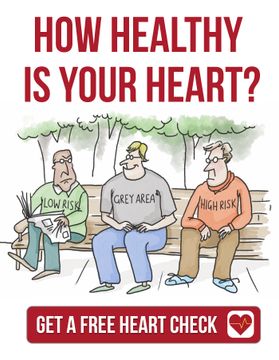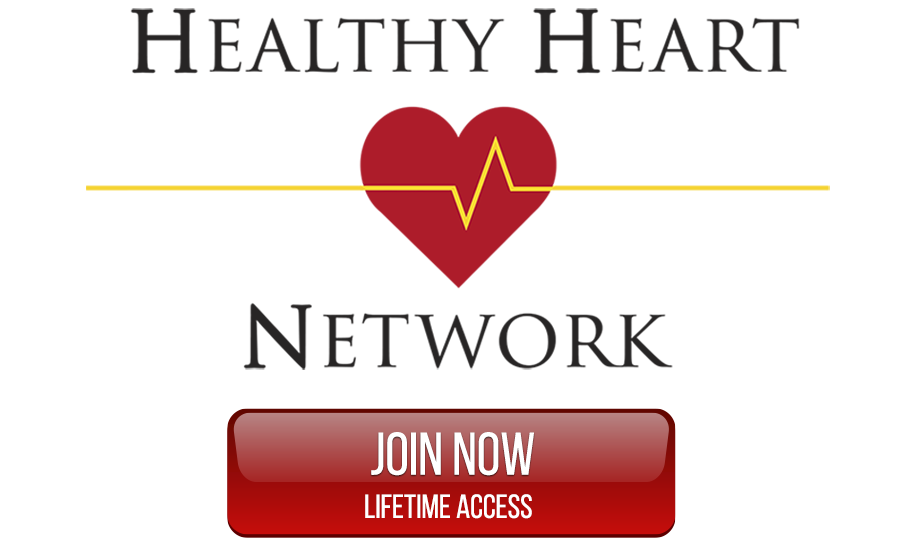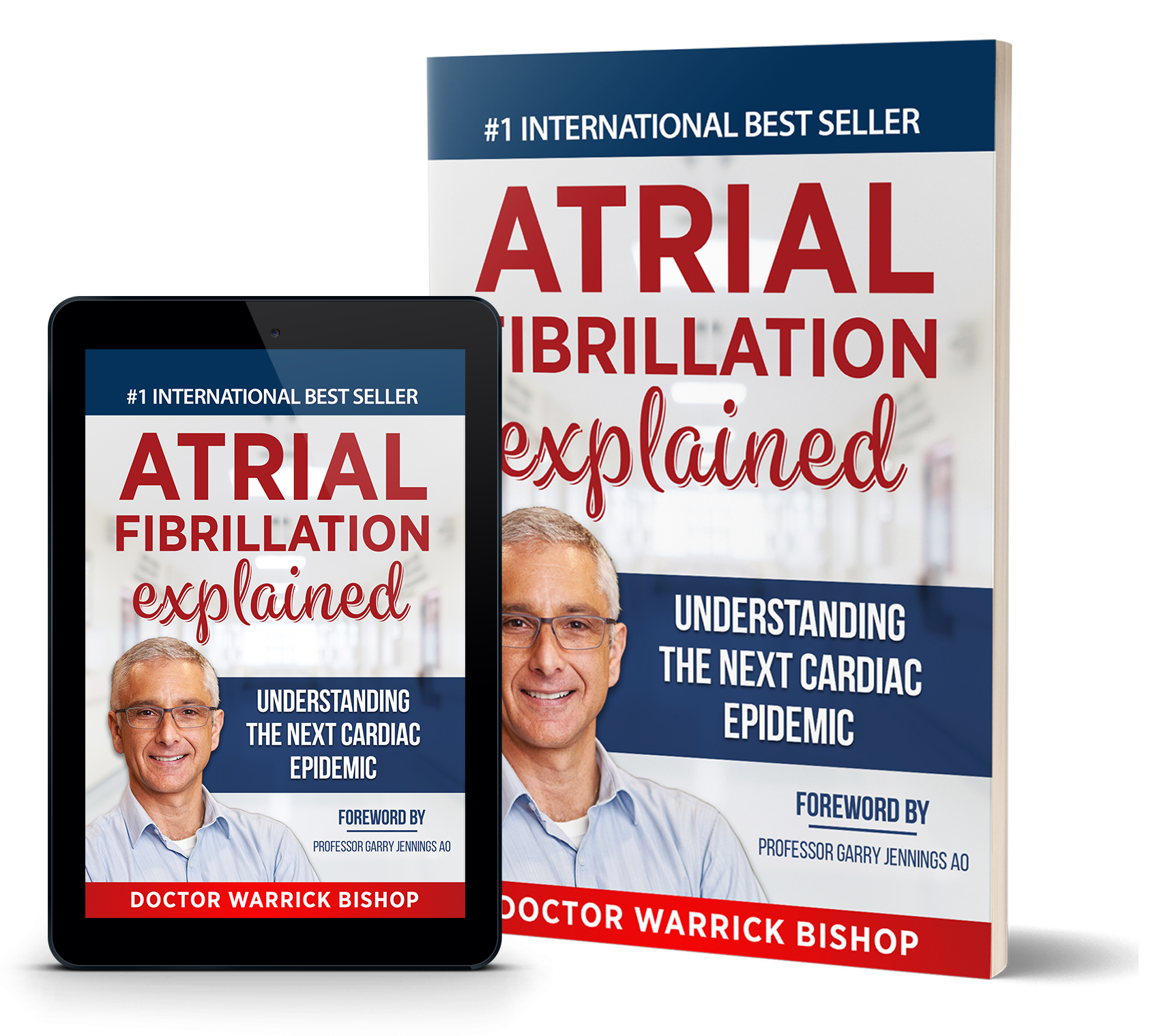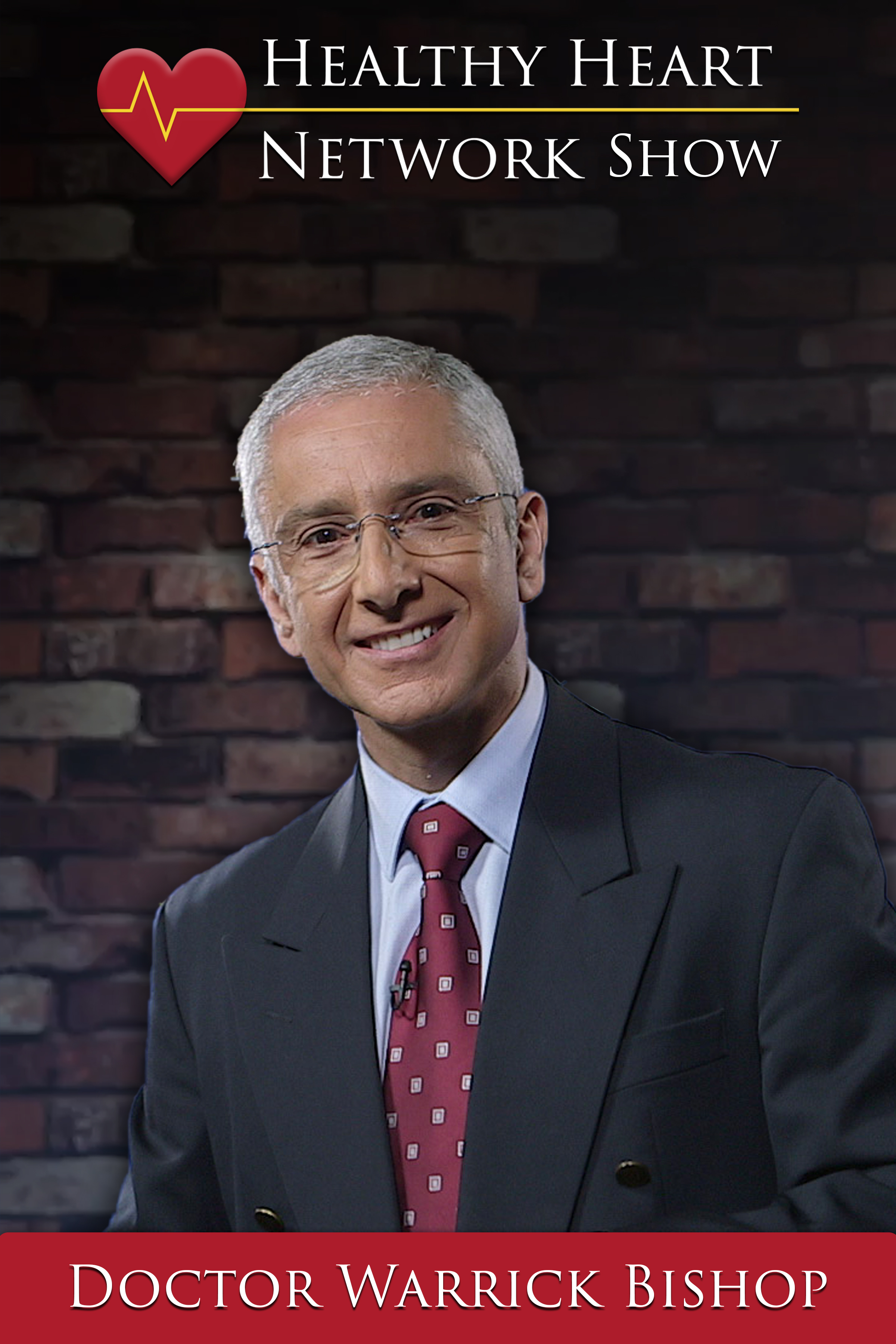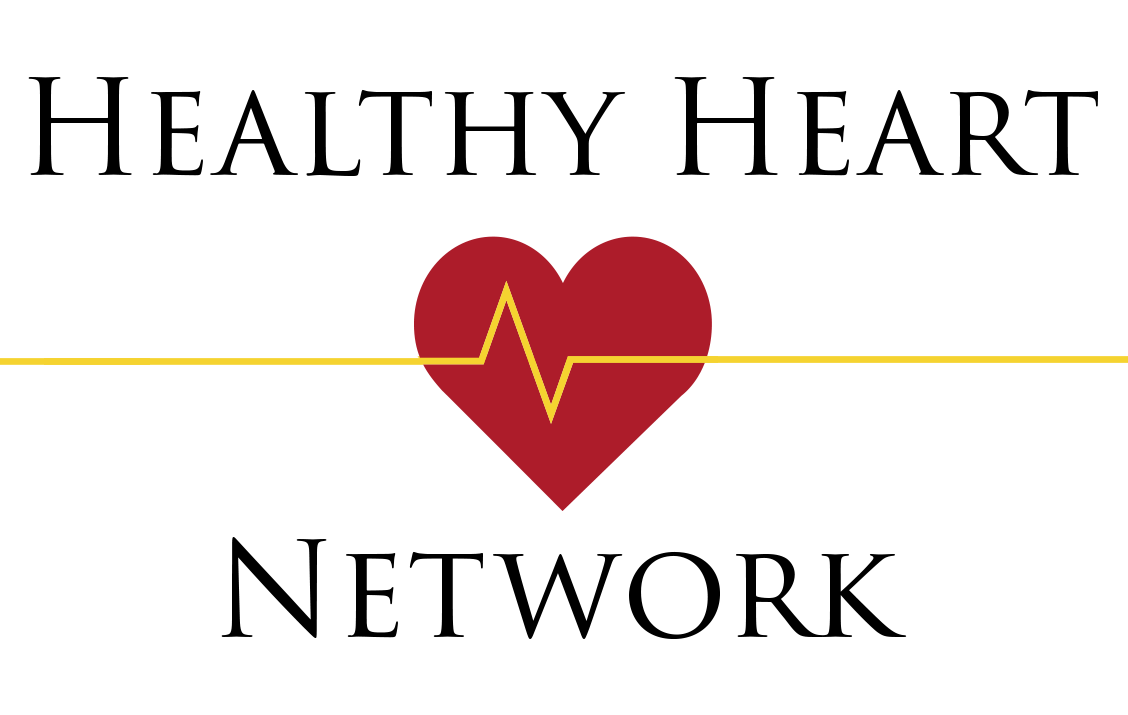JOIN OUR HEALTHY HEART MEMBERSHIP HERE: https://healthyheartnetwork.com/page/starter
Welcome to Doctor Warrick's Podcast Channel. Warrick is a practicing cardiologist an author with a passion for improving care by helping patients understand their heart health through education. Warrick believes educated patients get the best health care. Discover and understand the latest approaches and technology in heart care and how this might apply to you or someone you love. Hi, I'm Dr. Warrick and I'd like to welcome you to my consulting room. Today I'd like to talk to a patient who has atrial fibrillation. Peter is a 65-year-old man who I literally saw just today, and his type of atrial fibrillation was the sort that was found completely incidentally. About a week or so ago, Peter was lining up for a routine colonoscopy which is a check of his lower bowel to see if there was any evidence of malignancy. During that examination while the anesthetist was looking after him, the patient was found to have an irregular heart rate. The ECG and subsequent monitoring confirmed that he was in atrial fibrillation. Turns out the patient had no clue he was in atrial fibrillation - he had nothing in the way of symptoms and this is not entirely uncommon. A number of people walk around with what we would call asymptomatic atrial fibrillation. When I spoke with the patient, it turns out that he saw his GP probably three months ago and his blood pressure and pulse were checked then. Everything apparently was okay at that stage. This would probably suggest that Peter has gone into atrial fibrillation in that intervening period of time. Peter's other health includes a little bit of hypertension for which he was on therapy. He also has a bit of central adiposity and doesn't exercise a lot and central adiposity just means the weight you put around your belly preferentially. This can be a marker of prediabetes and it is worth keeping in mind. When we look at Peter's risk of a stroke on that CHAD Vasc score, he had a score of 2. He scored one for age and one for hypertension. But in the back of my mind I would have added an extra score for prediabetes. With a score of 2, his risk of stroke is considered mild to moderate and the indications from that CHAD Vasc score are that he should be on full anticoagulation. I commenced him on full anticoagulation from the consultation today. We also had some other information available. We had a 24-hour heart rate monitor, and this showed us that in the asymptomatic state on average this patient's heart was beating at nearly 100 beats a minute. It went up as high as 180 beats a minute at times of exertion. For a gentleman who is in his mid-60s, that's a very fast heartbeat and I must admit I was quite surprised that he was asymptomatic. With that information, one of the next things I did was to add in a drug to try and slow that heartbeat down. Because if we can do that I'm pretty sure we'll give him a little bit more puff because it will allow his heart to work a bit better. A heart that's revving so fast just doesn't fill properly and therefore doesn't pump properly and so patients will almost invariably describe some shortness of breath in that situation. The other information that I had available was an ultrasound of his heart and this is a very important test to allow us further planning and certainly to rule in or rule out whether there is any structural abnormality, particularly around the mitral valve, which is the valve that controls blood flow out of the left atrium. Essentially Peter's structure of the heart and function of the heart was relatively normal, but I focused in on this occasion on this side of his atria. It turns out his atria were mildly to moderately dilated not moderately not moderately to extensively, but they were dilated. At this stage, my plan is to bring Peter back with full anticoagulation for at least four weeks and really consider whether we should restore sinus rhythm. Sometimes we're caught between trying to restore sinus through them and leaving people in atrial fibrillation and sometimes the lack of symptoms will drive us to simply control rate. In this particular situation, though, I'm thinking in the back of my mind that the patient is relatively young and my observation over the years and there is some research coming through to support this is that if we restore sinus rhythm we may have a positive effect on any morphological change or structural change the heart could undergo. What I mean by that is that if we leave people in atrial fibrillation for many, many years we see changes of the heart as a consequence of that atrial fibrillation. The most notable thing is that the atria dilate and enlarge. The other thing that we have seen and I've got a number of cases where this has occurred, is I believe the ring that connects the atria to the ventricle - the AV ring over a period of time, also dilates as the atria dilates and if that ring dilates, then the fixtures for the valves that that holds, particularly the tricuspid valve, which is on the right side of the heart can be stretched and as it gets stretched the leaves or that the cusps of that tricuspid valve don't come together as well. So, although I haven't restored sinus rhythm in Peter yet, certainly, it's front of mind when I see him next to think about restoration of normal rhythm to try and maintain the structure of his heart as best as possible in the long term. Regardless of whether I return him to silence rhythm or not, however, he will be on a anticoagulation life-long now. His CHAD Vasc score is high enough that that's the case and particularly with him being completely unaware of symptoms, we wouldn't even think to rely on him to tell us when he's in and out of the rhythm. Another interesting case of atrial fibrillation. I hope it gives you something to think about. Thank you for joining me, and good health. You have been listening to another podcast from Dr. Warrick. Visit his website at www.drwarrickbishop.com for the latest news on heart disease. If you love this podcast, feel free to leave us a review.
Check out my book at http://drwarrickbishop.com/books/




